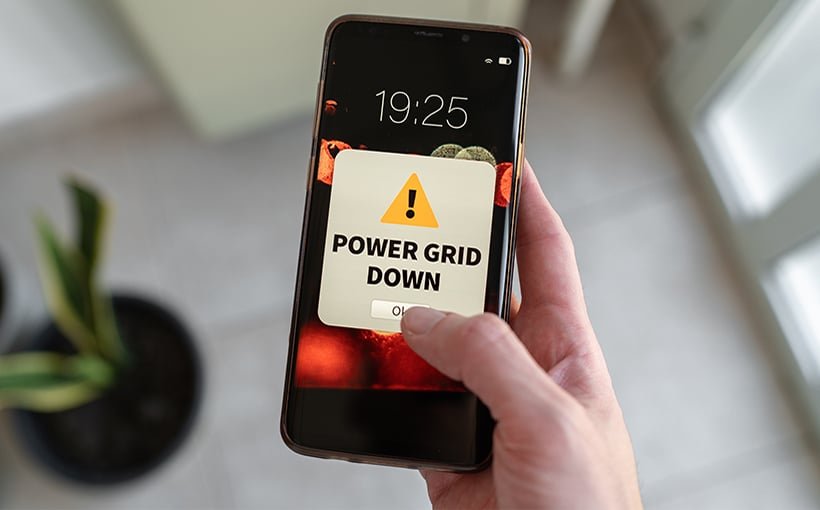

It’s not news that the growth of artificial intelligence and cloud computing are leading to increased power and energy demands. It’s also not news that there are concerns that the local power grids can meet those demands.
JLL’s recently released e-book, entitled “Power Moves,” outlines the challenges and suggests some solutions.
Where We Are Now
In a nutshell, data center demand and construction are soaring; JLL research indicated that data center capacity currently under construction exceeds 5.3 gigawatts (GW) or “enough energy to power all of the households in the Chicago metro area.” Another astounding statistic is that U.S. demand is anticipated to reach 62 GW by 2028.
Here’s the problem. The U.S. power grid is already operating near full capacity. “And over the next decade, power demand is projected to hover near permitted peak power output, leaving little margin for error,” the e-book said.
Utility providers are doing their best to grow supply. However, the report indicated that the current forecasts of needed power don’t match demand.
Potential Bridge Power Solutions
The e-book discussed some possible supplemental energy sources to help bridge the anticipated power gap.
- Natural gas. The e-book explained that natural gas turbines are accessible, versatile, reliable and can be incorporated into a power plan within three to six months.
- Battery storage. Batteries recharge during periods of low grid demand and support the grid during peak utility usage. “This storage is particularly helpful for data centers’ slow and steady flat load profiles, which typically don’t experience sudden power spikes,” the e-book noted.
- Small modular nuclear reactors. These aren’t competitive for bridge power today due to development and government approval timelines, as well as high prices. However, industry experts forecast that SMRs could reach commercial viability within the next five to ten years.
- Solar and wind power. These clean energy sources are useful for supporting grid resilience and offsetting peak power demands.
Steps to Selecting Data Center Locations
- The JLL e-book highlighted that a site’s power infrastructure is crucial in the decision-making process. Considerations include:
- Grid reliability (including redundancy protections)
- Access to renewable energy (lessens the environmental impact)
- Infrastructure capacity (the grid can handle projected power demands)
- Regulatory environment (what local bodies govern power grid access and backup systems)
The post Can the Current Energy Grid Support Increasing Data Center Demands? appeared first on Connect CRE.






